My version of a pumpkin pie?
Burek with Honey-Roasted Pumpkin, Goat's Cheese & Mint from Mediterra
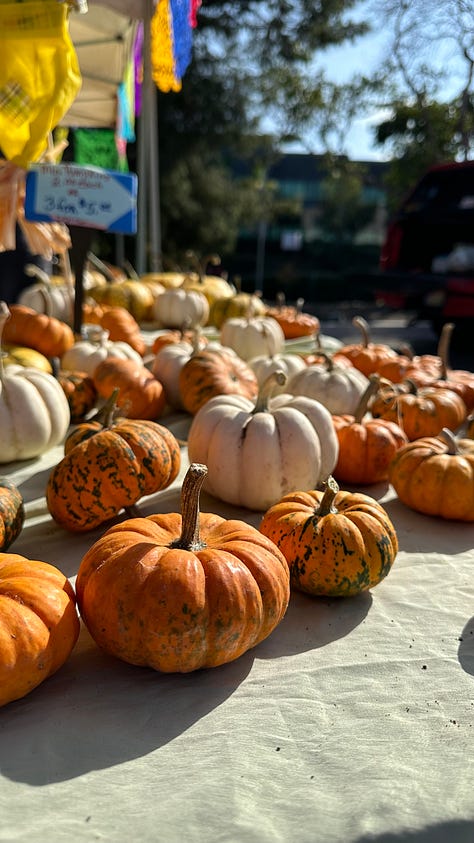
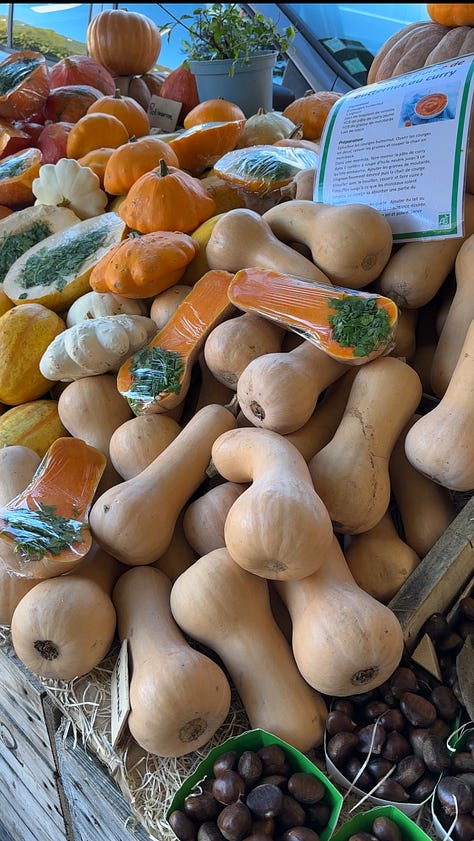
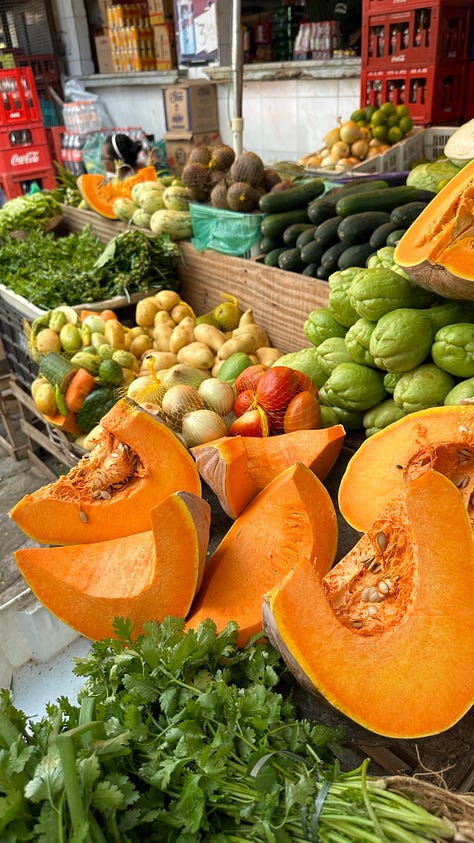
I’ve just landed back in California after a trip to the Côte d’Azur, where I spent a few unforgettable days in Julia Child’s former home—possibly the most magical trip of my life. It was my first time in that corner of the world, and now I can’t help but wonder: how can anywhere else ever feel like home after experiencing the beauty and spirit of the French Alpes-Maritimes? No wonder Julia spent so many joyful years there.
I want to call Provence mine, too.
My mind is still alive with memories: the scent of the Mediterranean sea breeze, the soft rustling of trees as the wind played through their leaves, and the intoxicating sweetness of orange blossoms—everywhere, but especially in the brioches. Oh, the brioches!
I am, however, very present stepping back into my California kitchen, preparing for Turkey Day. My heart feels full tough, not only from the magic of Provence but also from being back home with my loved ones, just in time to pause and give thanks.
This year, though, Thanksgiving in our house will look a little different (then again, it always does—we’re Brazilians!). For starters, I brought back an unexpected souvenir: a terrible flu. So it’s going to be an intimate celebration, just Doug and me, as I recover.
As always, our holiday table will reflect my latest inspirations—this time, with a nod to the elegance and comfort of French cuisine. How could it not?
There’s no point in roasting a turkey for two, so I’ll make duck magret instead—honestly, my preference anyway. It feels like the perfect choice: a smaller bird for a cozy feast and a rich, flavorful centerpiece that speaks directly to my French sojourn. I’ll keep it simple, pan-frying the duck in its deliciously rendered fat and pairing it with a bright, tangy vinegar sauce, Jacques Pépin-style.
I love this recipe where he makes it à la Lyonnaise, but with chicken thighs. It works perfectly with both duck and chicken, thanks to the rich, flavorful dark meat. The crispy skin and tender texture always make it a favorite.
For the sides, I’ve veered completely off the traditional path, but I’m keeping it classic in spirit—veggie-centered. I’ll make a Tian Provençal in the autumn version, with the season’s earthy vegetables like radishes, carrots, and parsnips, layered beautifully with the last of summer's zucchini and tomatoes—still really good in California. Drizzled with olive oil and seasoned with rosemary, thyme, and garlic, the dish is then baked until the vegetables soften and caramelize, their edges turning golden and crisp.
Tian is a quintessential Provençal dish, very much like Ratatouille, but unlike Ratatouille, which is typically a stewed vegetable medley, a Tian is baked in a single layer, allowing each vegetable to retain its particular flavor and texture.
The ingredients in a Tian are often arranged in a visually pleasing pattern, creating a mosaic-like presentation, while Ratatouille tends to have a more homogenous texture from the stewing process. The Tian's focus is on the caramelization of vegetables, giving it a more delicate, roasted flavor compared to the stewed richness of Ratatouille.
And yes, I know what you’re thinking! That dish from Ratatouille, the movie, was actually a Tian. 😊
I could stop the menu right there, and it would already be a feast. But as I flipped through my cookbook collection in search of a carb to round it all out (because, let’s be honest, Thanksgiving needs carbs), I rediscovered a recipe I’d bookmarked—twice!—in one of my favorite books this year: Mediterra: Recipes from the Islands and Shores of the Mediterranean by Ben Tish.
I love this book because Ben beautifully showcases the Mediterranean as a crossroads of culinary influence, just the way I see it, where one delicious tradition gives way to the next. From Spain and Italy to France and Slovenia, through Turkey and Greece, and down to North Africa. It's a collection of deeply fascinating food cultures, each with its own distinct dishes and ingredients!
The dish I chose from Mediterra is a savory pumpkin pie called Burek (or Börek). This iconic pastry has its origins in the Ottoman Empire and has traveled across Turkey, the Balkans, and beyond, evolving to suit local tastes. Made from delicate, flaky dough called yufka (similar to phyllo), burek can take many forms—layered like a casserole, coiled into spirals, or rolled into cigars. The fillings vary widely, from spiced minced meat and potatoes to creamy cheese or spinach, often seasoned with sumac or black pepper. It's incredible!
Burek is old! It was born in the Ottoman Empire and spread to the regions it once ruled, becoming common in Turkey, Bosnia, Serbia, Croatia, and North Macedonia, each culture adding its own flair.
Fascinating, isn't it? I hope you give it a try!
I like to think that Thanksgiving is a great opportunity to cook a meal that reminds us of how food connects us—to the places we've been, the people we love, and the memories we create along the way. Each layer, like the vegetables in a tian or the delicate phyllo in a burek, has its purpose. The vibrant color of pumpkin, or the much-needed touch of acidity from vinegar to balance the richness of the duck fat, all come together perfectly—just as life itself often does.
Wishing you a Thanksgiving filled with a bountiful table, warm company, and the inspiration to make it all your own.
I hope, like me, you have so much to be thankful for!
Bon appétit!
Burek with Honey-Roasted Pumpkin, Goat’s Cheese and Mint
The burek is a popular dish found throughout the Middle East, the Istrian Balkans and North Africa, taking many shapes and forms. The pastry is always filo or warqa, whether baked into a pie like I’ve done here, snaked like a coil or made into individual pastries. It can be meat, vegetable, sweet or savoury. Mine, which sits in both the sweet and savoury camps, uses sweet, honey-roasted pumpkin that is offset with salty cheese, some punchy North African pepper and green pistachios for a spike of emerald. Buy a heavy, fleshed variety of pumpkin that will be sweeter and give more flavour. I like to serve this warm with nothing more than a little fresh salad of cucumber and dill and perhaps some yoghurt.
Excerpted from Mediterra: Recipes from the islands and shores of the Mediterranean. Used with the permission of the publisher, Bloomsbury. Copyright © 2024 by Ben Tish
Serves 12
olive oil
800g pumpkin, such as Delicia or iron bark, peeled, deseeded and cut into bite-sized chunks
2 tablespoons clear honey
a pinch of Aleppo pepper flakes
leaves from 1⁄2 small bunch of mint, finely chopped
300g soft chèvre-style goat’s cheese
12 sheets filo pastry
100ml whole milk
1 large free-range egg
a handful of shelled green pistachio nuts, roughly chopped
sea salt and freshly ground black pepper
Preheat the oven to 210°C/Fan 190°C/Gas Mark 7. Grease a baking tin with olive oil – I use a nonstick 30cm springform tin 7.5cm deep.
Put the pumpkin into a roasting tin, drizzle with honey, some olive oil and season with salt and black pepper, then sprinkle over the Aleppo pepper flakes. Roast the pumpkin for 25 minutes, or until it is tender and caramelised. Transfer it to a mixing bowl and mix in the mint leaves and goat’s cheese. Season to taste, add a splash of olive oil and mix. Set aside.
Do not turn the oven off.
Layer half the filo pastry sheets on top of each other in the greased tin – ensure some of the pastry hangs over the edge. Brush each layer with a little milk. Turn the tray slightly for each layer, so there is a full pastry overhang around the whole tin.
Next, add the pumpkin filling. Layer the remaining sheets of filo pastry over the top using the same method of arranging overhanging pastry and brushing with milk.
When all the pastry has been used, roll over the pastry edges to seal the edges. Beat the egg with the remaining milk, then brush this mixture over the top and rolled pastry edge. Sprinkle with the pistachios.
Place on a baking sheet and transfer to the oven. Bake for 35 minutes, or until piping hot, beautifully crisp and golden brown. Leave to cool on a wire rack for at least 30 minutes before removing from the tin. Serve warm or at room temperature, cut into slices.






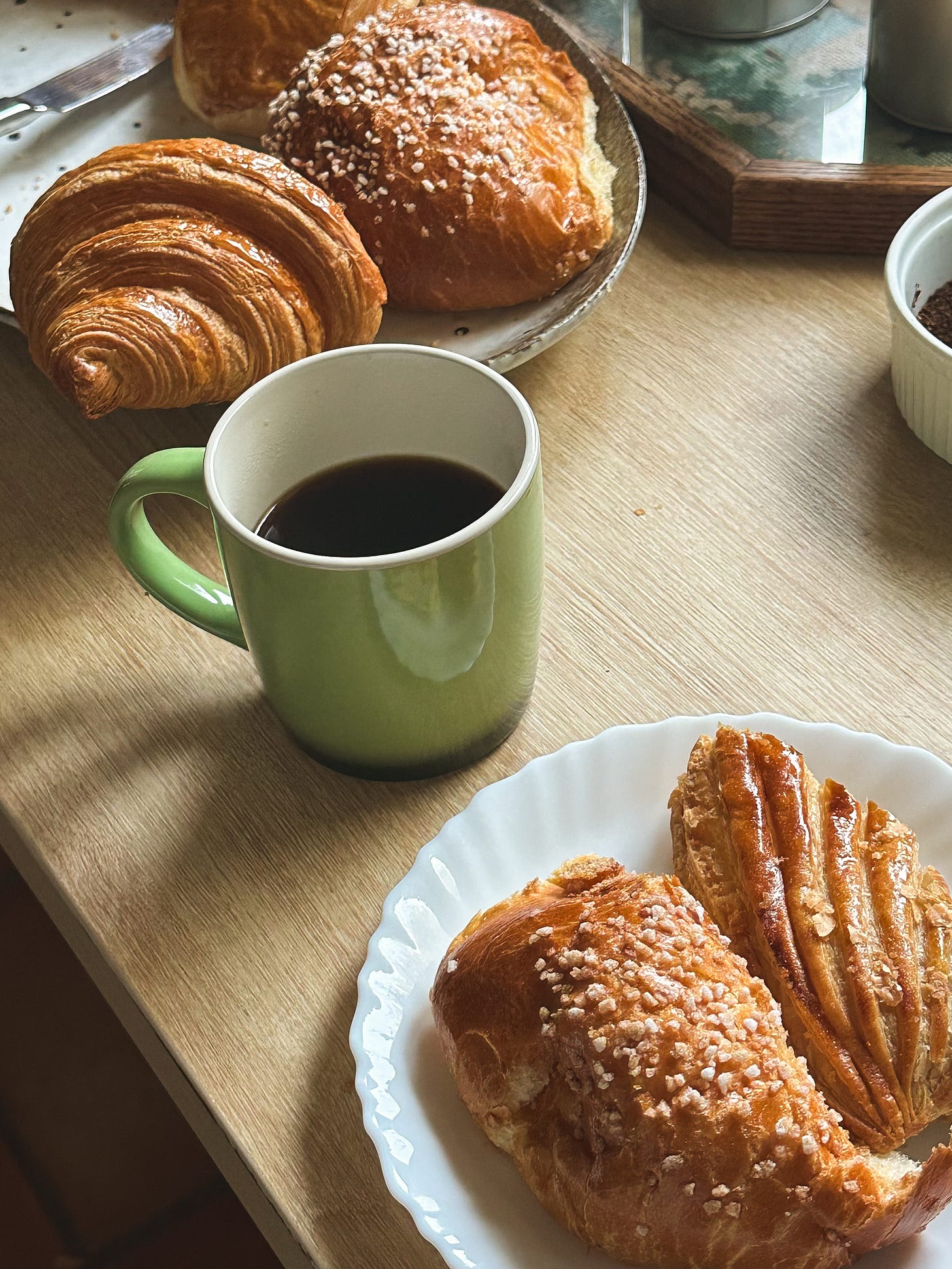
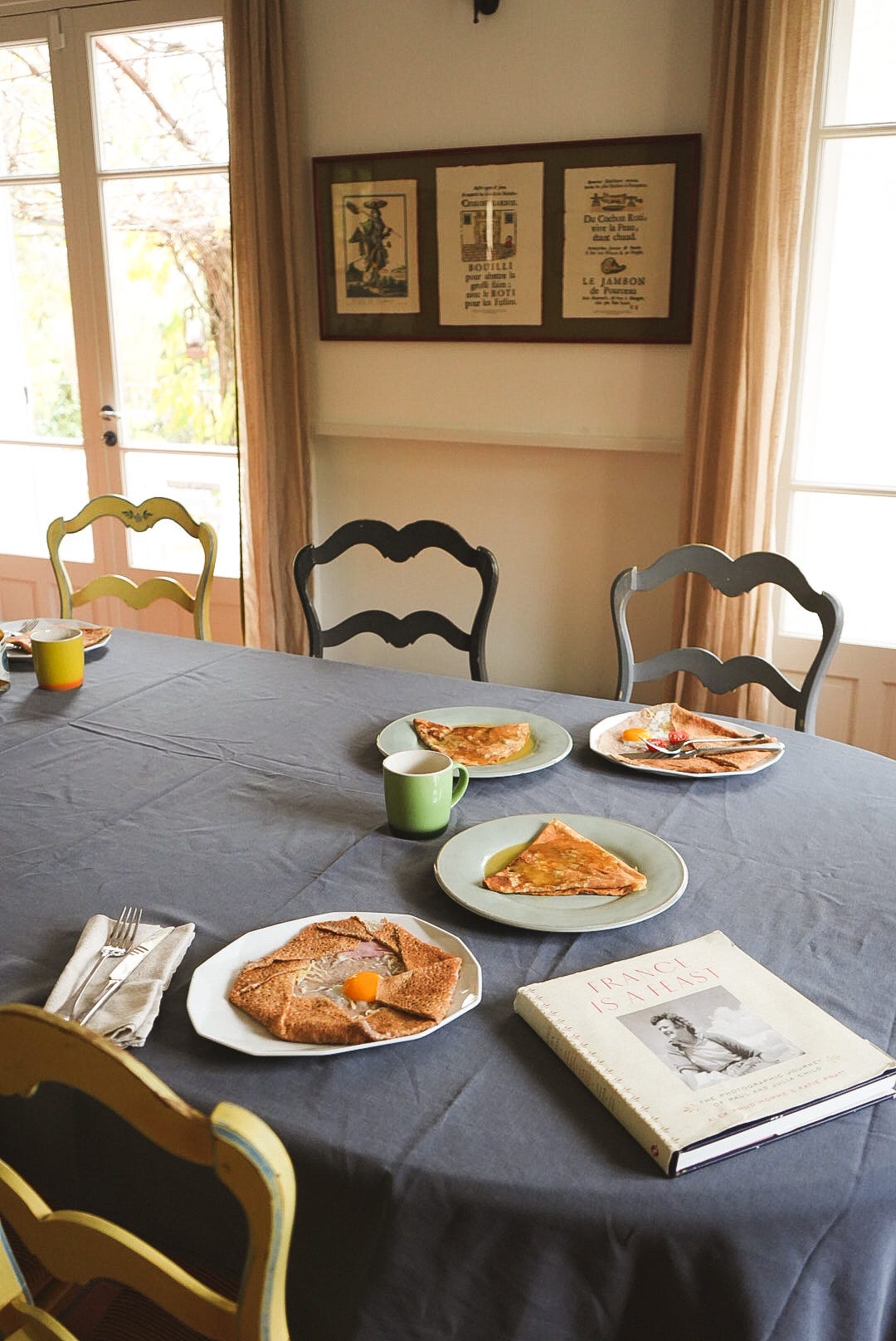

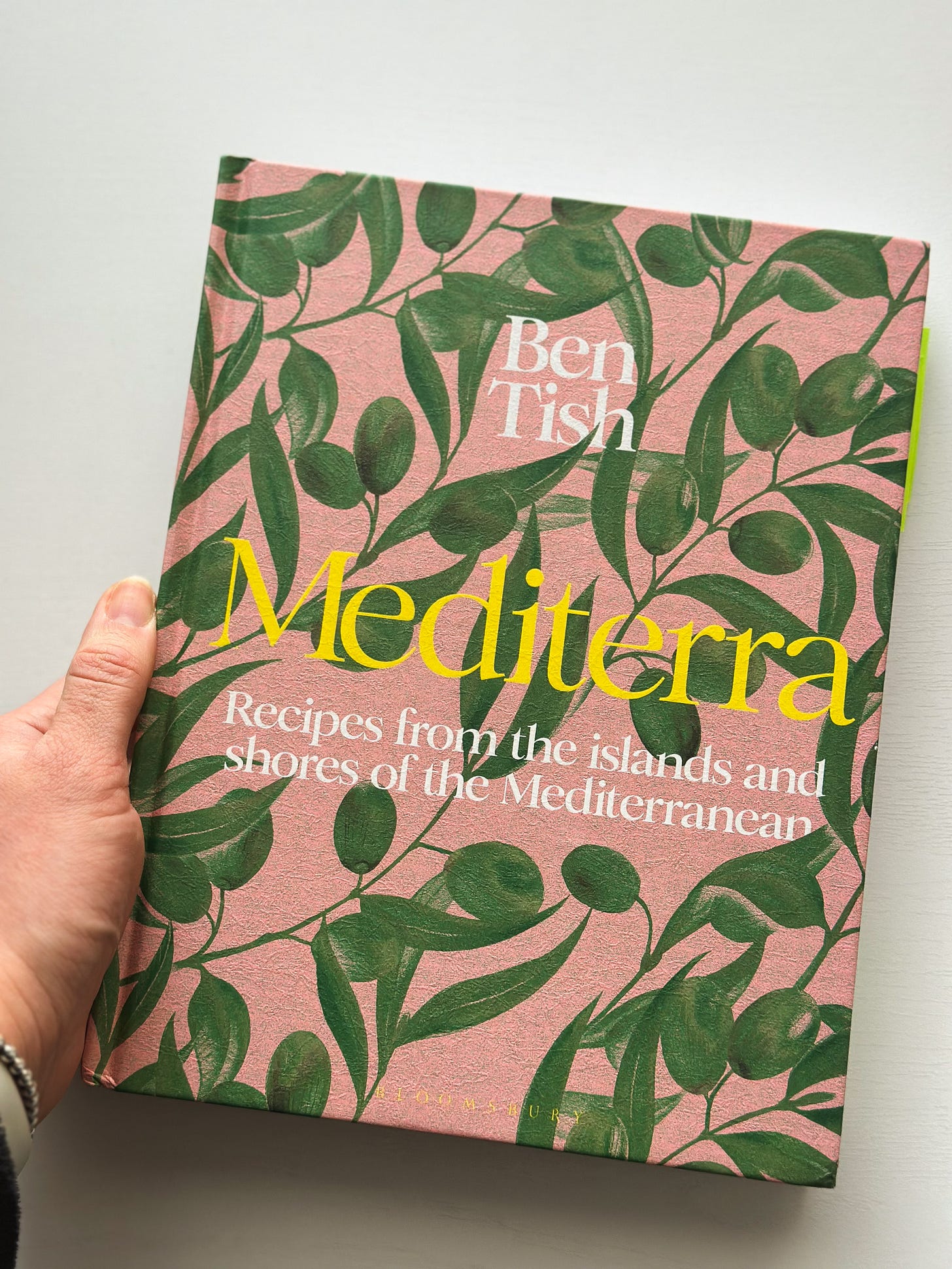

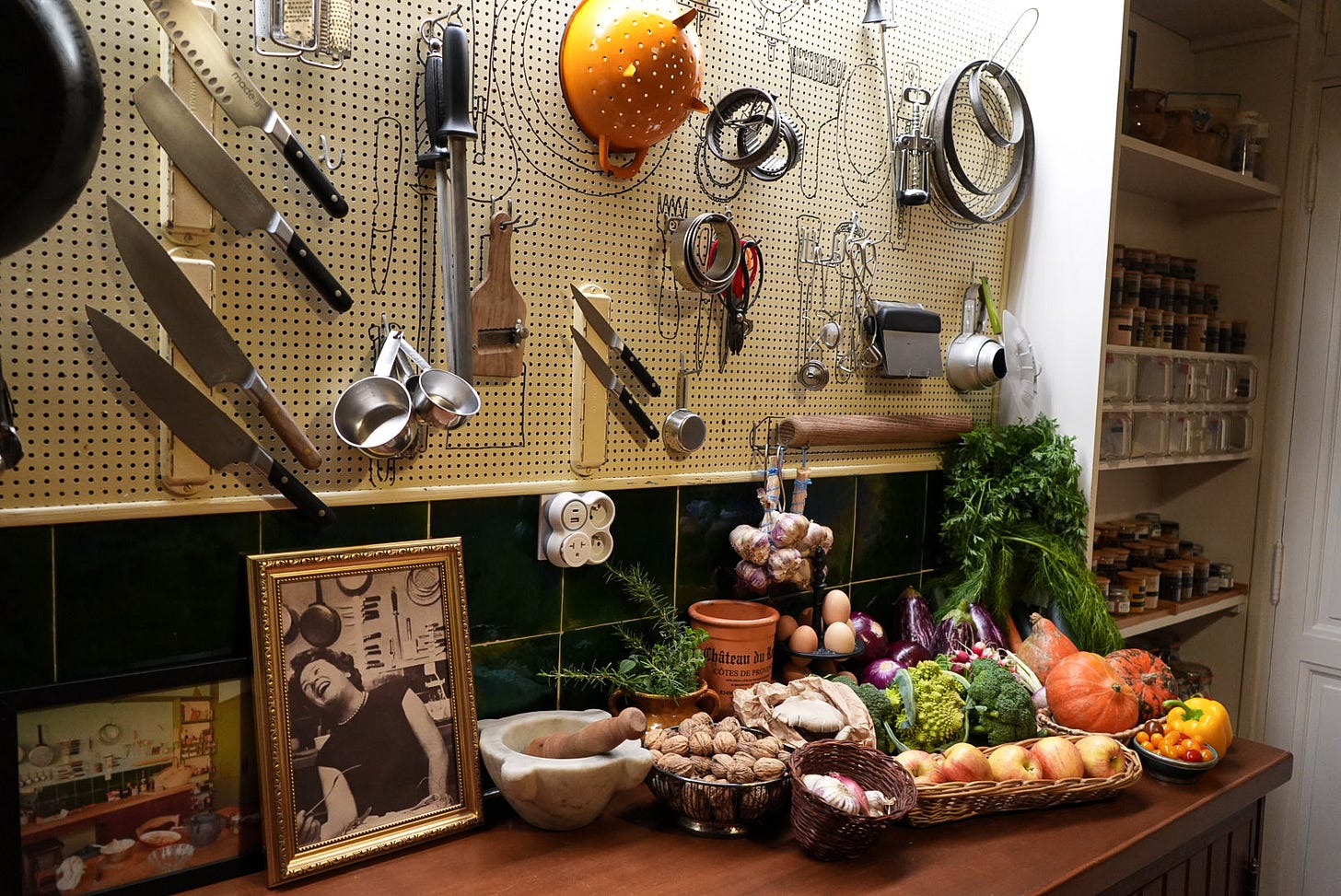






Julia’s house, wow ✨
Conta mais dessa viagem! Que sonho :)